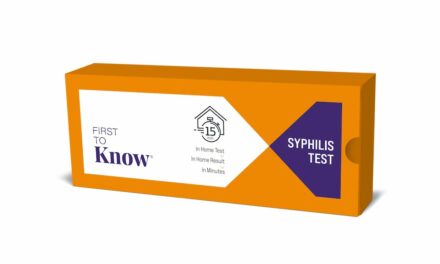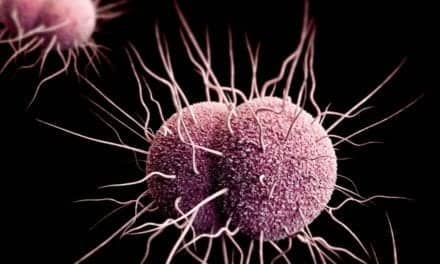A 3-year, $111 million program to expand access to HIV testing in 25 of the US areas most affected by HIV has provided nearly 2.8 million HIV tests and diagnosed 18,432 individuals who were previously unaware of their HIV infection, according to the Centers for Disease Control and Prevention (CDC), Atlanta.
In addition, of the newly diagnosed individuals for whom follow-up data was available, three-quarters were successfully linked to HIV care as part of CDC’s Expanded Testing Initiative.
The results of the program are published in the agency’s Morbidity and Mortality Weekly Report.
Between October 2007 and September 2010, CDC provided funding to state and local health departments to support routine HIV testing, primarily in health care settings, such as emergency rooms, sexually transmitted disease clinics, and physicians’ offices, as well as in select community venues. The effort focused primarily on reaching African-Americans, who are more severely affected by HIV than any other race or ethnicity in the United States, according to CDC. Based on preliminary indications of the program’s success, in October 2010 CDC expanded the focus and funding of the initiative. CDC now provides funding to 30 areas (up from 25) to reach several populations heavily affected by HIV, including African-Americans, gay and bisexual men, Latinos, and injection drug users.
CDC launched the Expanded Testing Initiative to support its 2006 Revised Recommendations for HIV Testing of Adults, Adolescents and Pregnant Women in Health Care Settings. The recommendations, which call for HIV testing to become a routine part of health care for all American adults and adolescents, are designed to remove key barriers to testing in health care facilities.
The initiative initially targeted African-Americans, and was particularly successful in this population. During the 3-year period, African-Americans accounted for 60% of tests performed (1.4 million) and 70% of new HIV diagnoses (11,638), and were 1.6 times more likely to test positive for HIV than whites or Hispanics (0.8% and 0.5% respectively), reflecting long-standing disparities in the US HIV epidemic.
Overall, 90% of tests were provided in health care settings, accounting for 81% of new HIV diagnoses. Hospital emergency rooms were particularly important venues for HIV testing, accounting for 30% of all tests and 32% of all previously undiagnosed infections. STD clinics also accounted for a significant number of new diagnoses (20%). Community-based organizations, which accounted for most of the HIV tests provided outside of health care facilities, contributed 11% of new HIV diagnoses.
CDC data show that while African-Americans represent 14% of the US population, they account for nearly half of annual new HIV infections. Research shows that a range of social and environmental factors, including lack of access to health care, poverty, higher rates of STDs, stigma and homophobia, place communities of color, especially African-Americans, at greater risk for HIV.
Like other racial and ethnic groups, as many as one-third of African-Americans with HIV are diagnosed late in the course of their infection, when treatment is less effective and after many opportunities to prevent further spread of the virus have been missed.
In addition to focusing the initiative on African-Americans, CDC also took steps to ensure that resources were directed to reach other populations at highest risk for HIV. Health departments in the 25 participating jurisdictions were asked to utilize local epidemiological data to identify and prioritize specific venues serving hard-hit communities.
“These results are exciting and encouraging,” said Jonathan Mermin, MD, director of CDC’s Division of HIV and AIDS Prevention. “They remind us that high-impact prevention works. With collaboration and focus on those who are hardest hit by this disease, we are making great strides in the fight against HIV.”
[Source: CDC]




